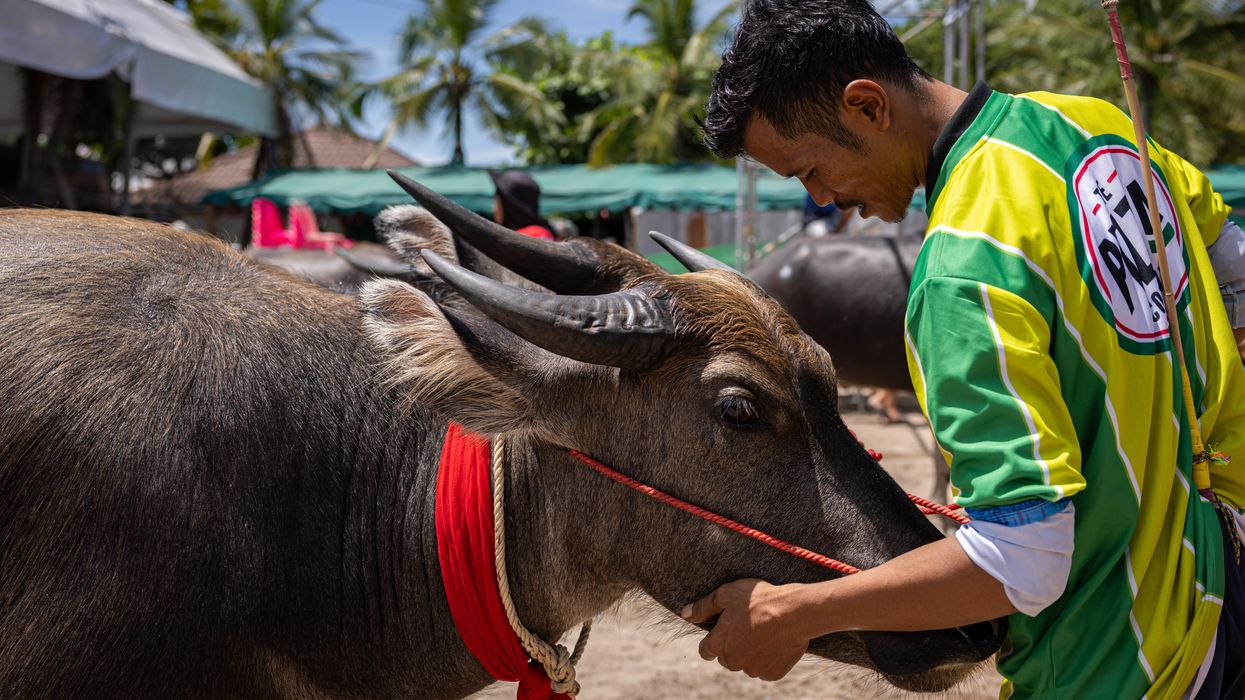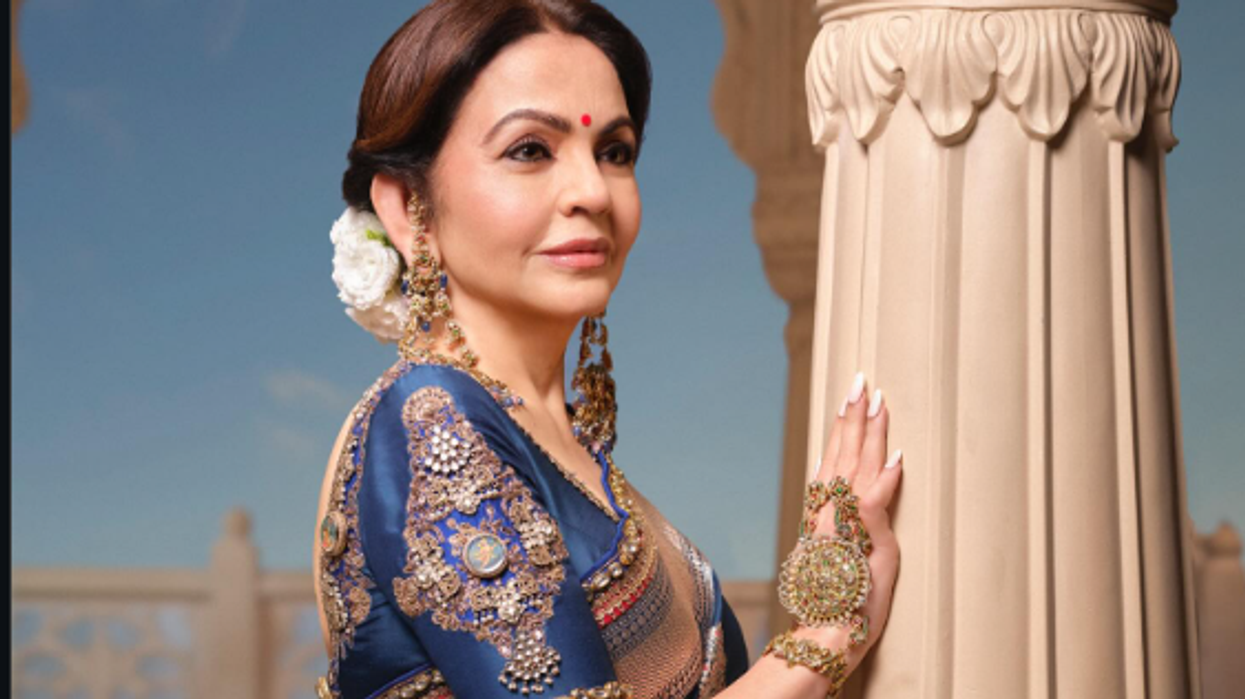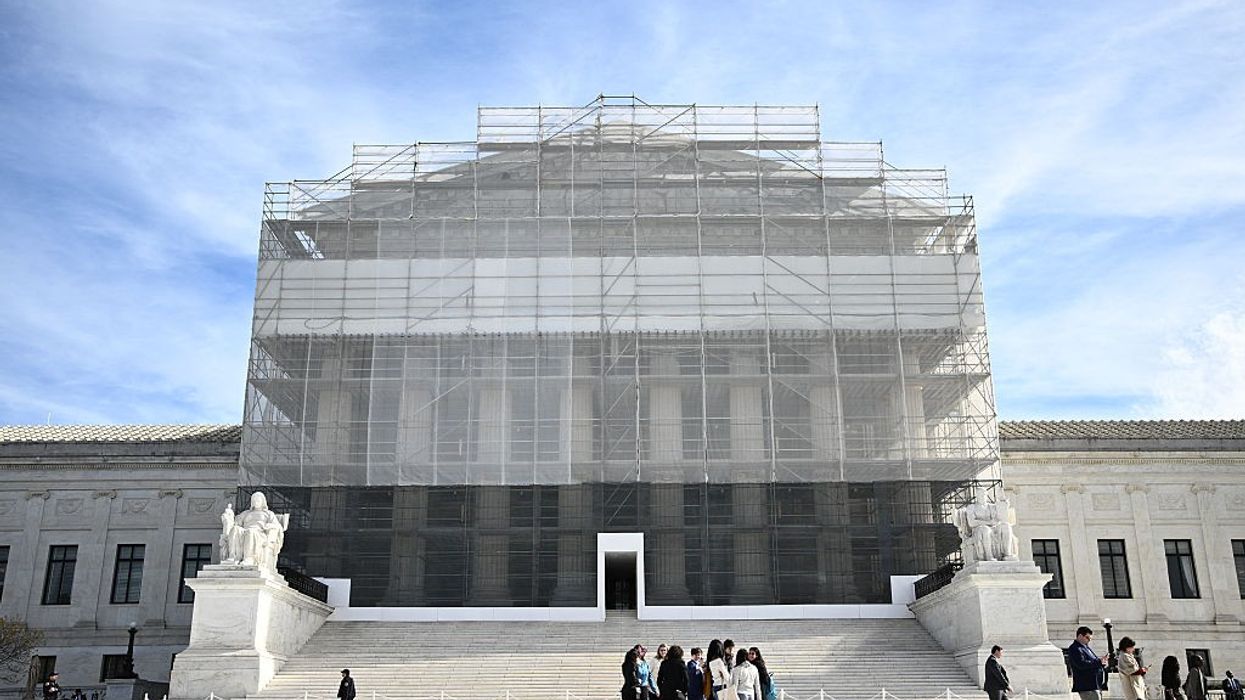Highlights
- Annual Chonburi festival celebrates water buffaloes once central to Thai farming
- Buffalo beauty contests and races draw crowds and government support
- Rising demand for prized animals sees record sales, with some fetching hundreds of thousands of pounds
A festival steeped in heritage
The Thai city of Chonburi came alive this week with one of its most unique traditions, a beauty pageant for buffaloes. The spectacle, part of the city’s 154th annual Buffalo Racing Festival, honours the animals that once powered Thailand’s farms and livelihoods.
For many, like food vendor and farmer Thawatchai Daeng-Ngam, the event is deeply personal. His five-year-old buffalo, Tod, made his debut in the competition, his striking red-tinted ears standing out against his glossy black fur.
The festival, held at the end of the 11th lunar month, marks the start of the harvest season and celebrates the buffalo’s enduring place in Thai culture.
From ploughing fields to winning pageants
Water buffaloes were once a common sight across Thailand, prized for their strength in ploughing and transporting goods. But with tractors replacing animal labour, their population dwindled. Today, the same animals have found a new role as symbols of heritage and beauty.
Competitions now reward buffaloes for their appearance rather than their endurance. Judges at the Chonburi event inspect horn shape, hoof smoothness and overall physique, while caretakers ensure each animal gleams with health.
Some farmers bathe their prized buffaloes daily and feed them special diets of corn, soybeans and bran. The transformation has created a thriving niche industry, supported by the government through breeding programmes and the introduction of Thai Buffalo Conservation Day in 2017.
Racing and pageantry draw crowds
Alongside the beauty contests, the festival features 100-metre buffalo races, a tradition that sees jockeys sprinting down the track atop their thundering mounts. Crowds gather to cheer, while visitors pose for photos with the largest animals.
This year’s parade opened with students performing traditional Thai dances, followed by buffaloes adorned with flower garlands pulling tall wooden carriages carrying their owners and women in ceremonial dress.
Among the competitors was Pitun Rassamee, whose three-year-old albino buffalo Lookaew, meaning marble in Thai, has already won local titles. His optimism is well-founded: in 2024, an albino buffalo fetched 18 million baht (£410,000) after sweeping multiple pageants.
‘People raise buffaloes, and buffaloes raise people’
For many farmers, the contests are not about profit but pride. Thawatchai, who owns 30 buffaloes, said raising them is part of his family’s identity.
“Although buffaloes can still work in the field, they cannot compete with machines,” he said. “Buffaloes are still important to me. It’s like what they said: ‘People raise buffaloes, and buffaloes raise people.’ It’s like a family member.”
Village leaders say such festivals keep traditional farming communities engaged. “Each year it has become bigger,” said Papada Srisophon, a local official. “Without this activity, farmers wouldn’t know what to do with their buffaloes.”
Tradition meets modern revival
What began as a small regional fair has evolved into a celebration of rural resilience and national pride. The buffalo, once seen as a relic of the past, is regaining its status as a cultural icon in modern Thailand.
As the sun set over Chonburi, gleaming horns and flower-crowned heads paraded through the festival grounds, a living reminder that even in a mechanised age, some traditions still run deep.














